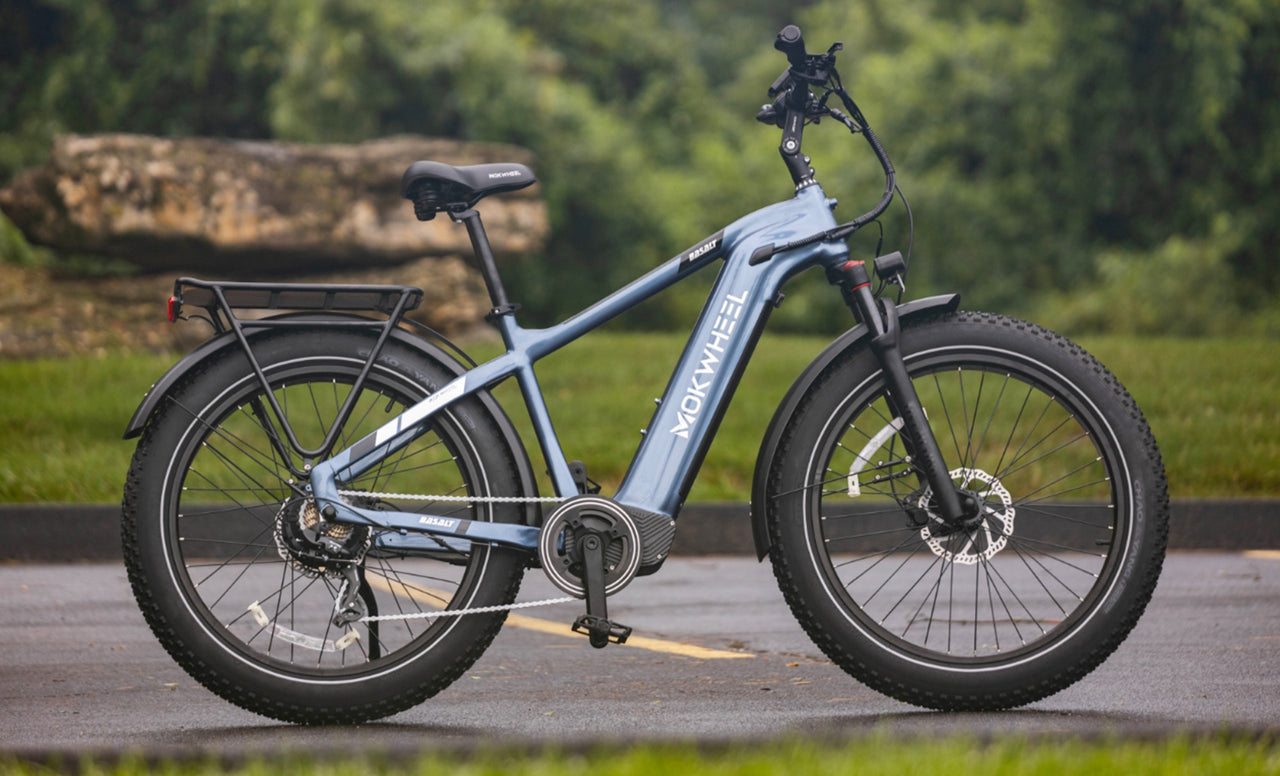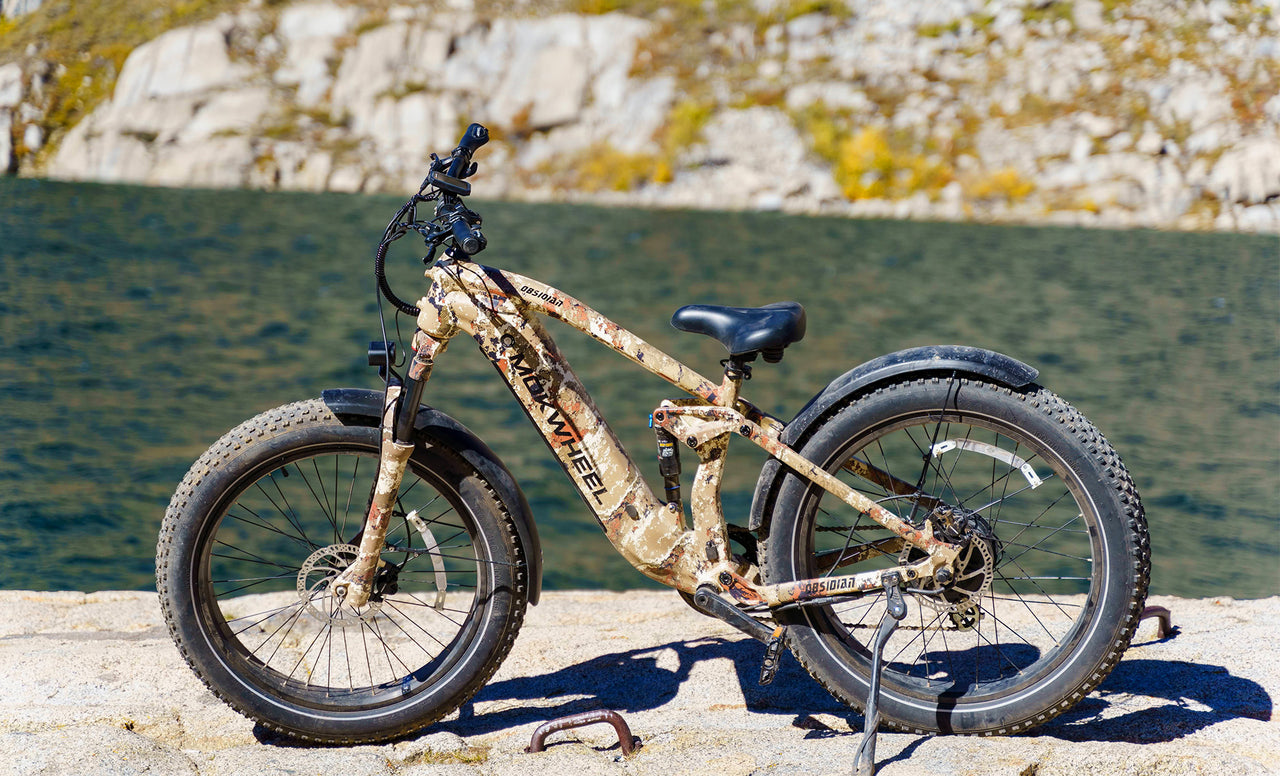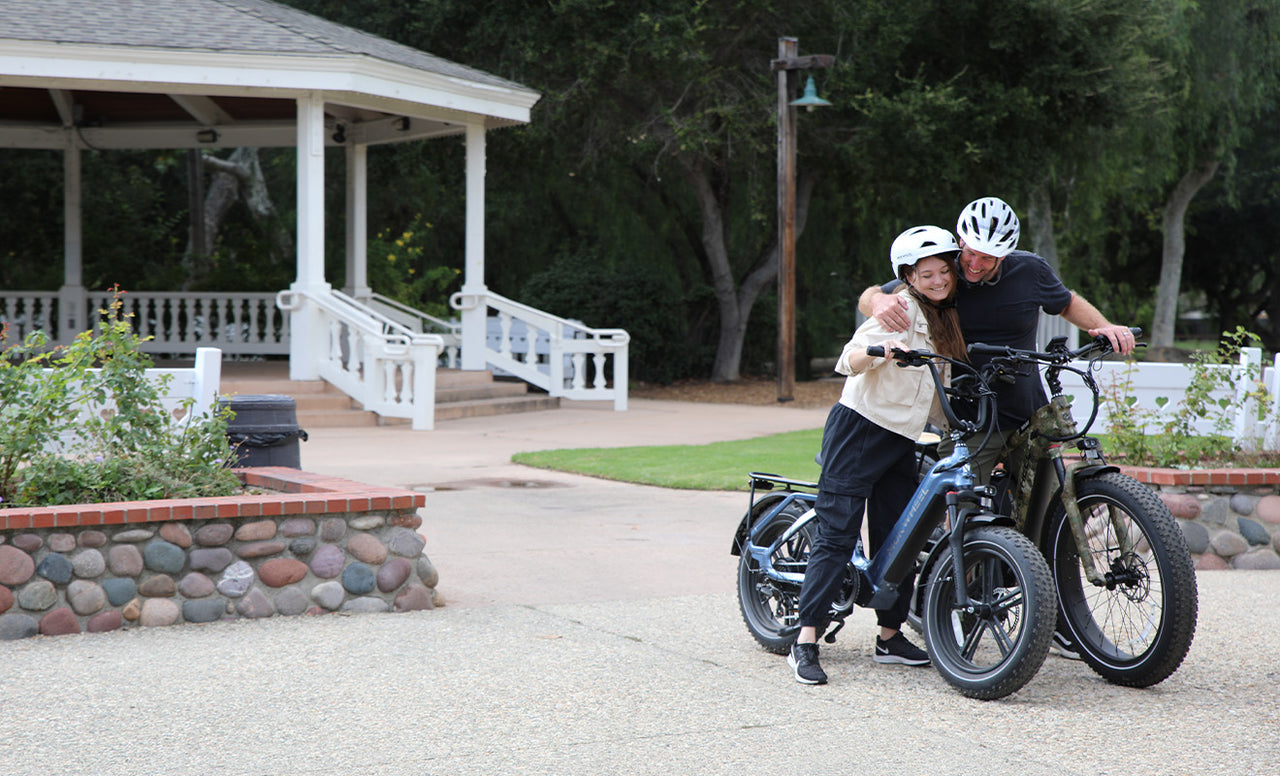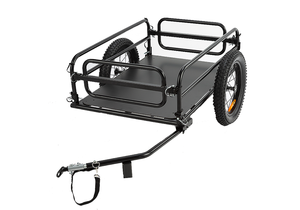Featured Blog Posts

Read More

Read More

Read More

Read More
 Free Shipping
Free Shipping
 15-Day Returns
15-Day Returns
 2-Year Warranty
2-Year Warranty
 Free Shipping
Free Shipping
 15-Day Returns
15-Day Returns
 2-Year Warranty
2-Year Warranty
Buy 2 E-Bikes Get a FREE Gift!



Electric bikes (e-bikes) have transformed the way people commute, explore, and enjoy cycling. One of the most critical components of an e-bike is the motor,...
Electric bikes (e-bikes) have transformed the way people commute, explore, and enjoy cycling. One of the most critical components of an e-bike is the motor,...

As electric bikes become more popular, it’s essential to understand what sets different classes apart. Among them, the Class 3 electric bike is a top...
As electric bikes become more popular, it’s essential to understand what sets different classes apart. Among them, the Class 3 electric bike is a top...

If your e-bike is squeaking, it’s not just an annoying sound—it could be a sign that your brakes need attention. Keeping your e-bike’s brakes in...
If your e-bike is squeaking, it’s not just an annoying sound—it could be a sign that your brakes need attention. Keeping your e-bike’s brakes in...

Based on Motor Capacity Motor capacity or wattage is the single-most-important deciding factor. This would determine your user experience and your intensity of riding. Motors...
Based on Motor Capacity Motor capacity or wattage is the single-most-important deciding factor. This would determine your user experience and your intensity of riding. Motors...

E-biking has skyrocketed in popularity as an eco-friendly way to travel that is practical and fun while keeping you fit. E-bikes, however, cost a lot...
E-biking has skyrocketed in popularity as an eco-friendly way to travel that is practical and fun while keeping you fit. E-bikes, however, cost a lot...

Read More

Read More

Read More

Read More
Stay up-to-date with the latest Mokwheel news. Sign up today.

We use cookies to enhance your browsing experience, serve personalized ads or content, and analyze our traffic. By clicking "Accept", you consent to our use of cookies. Cookie Policy


